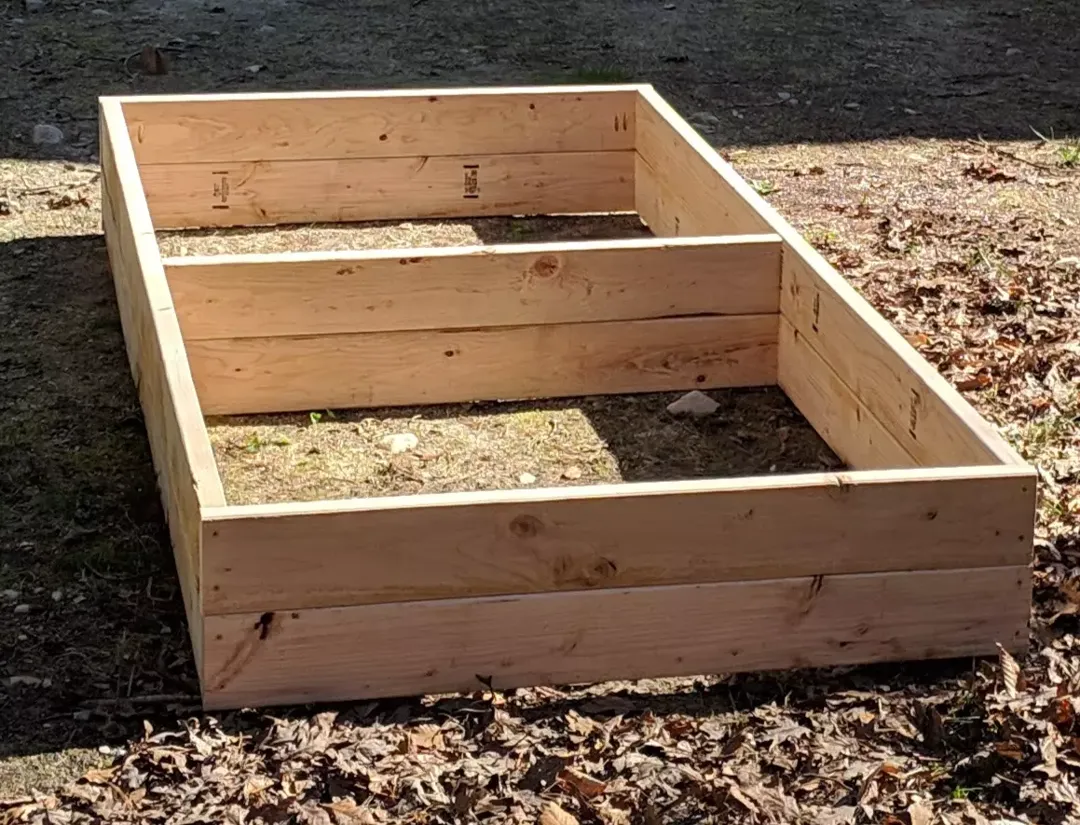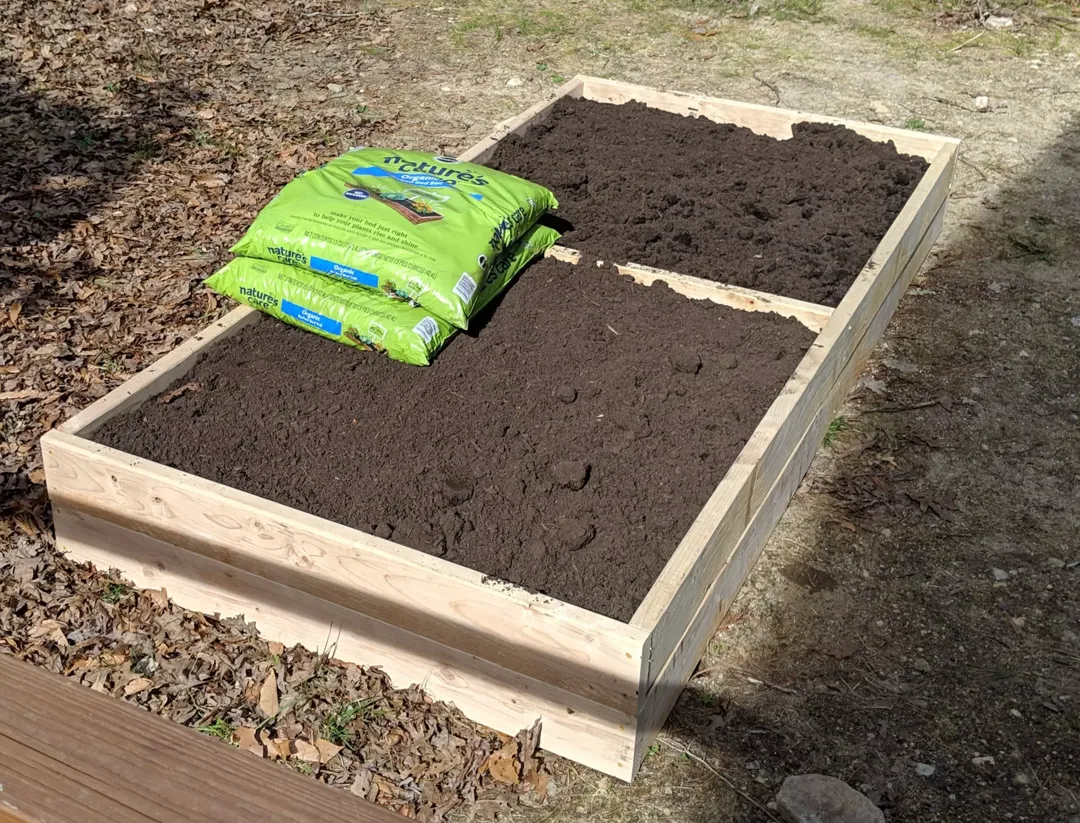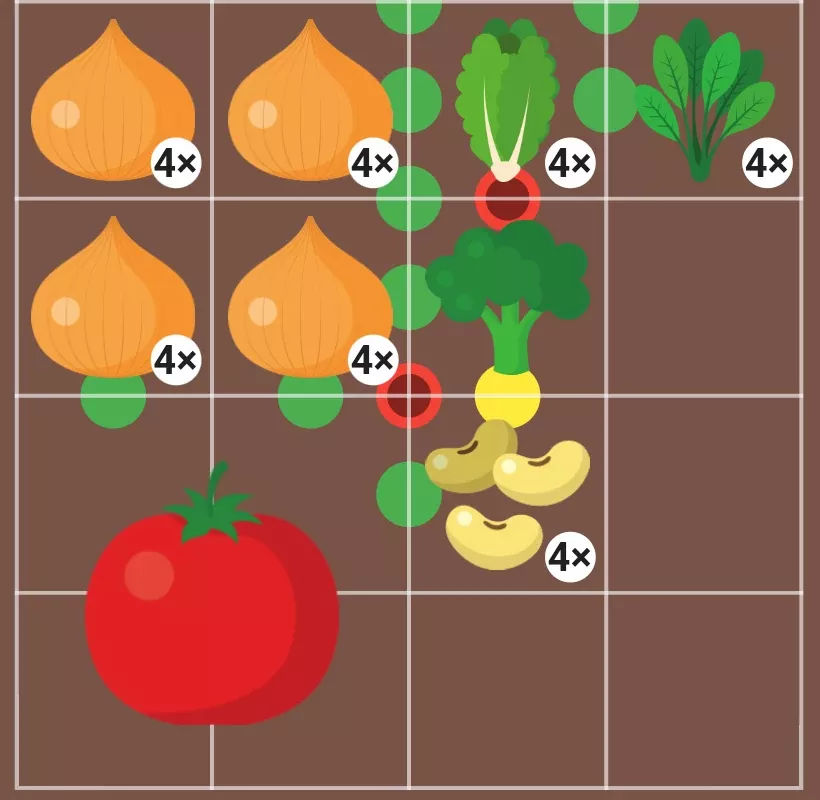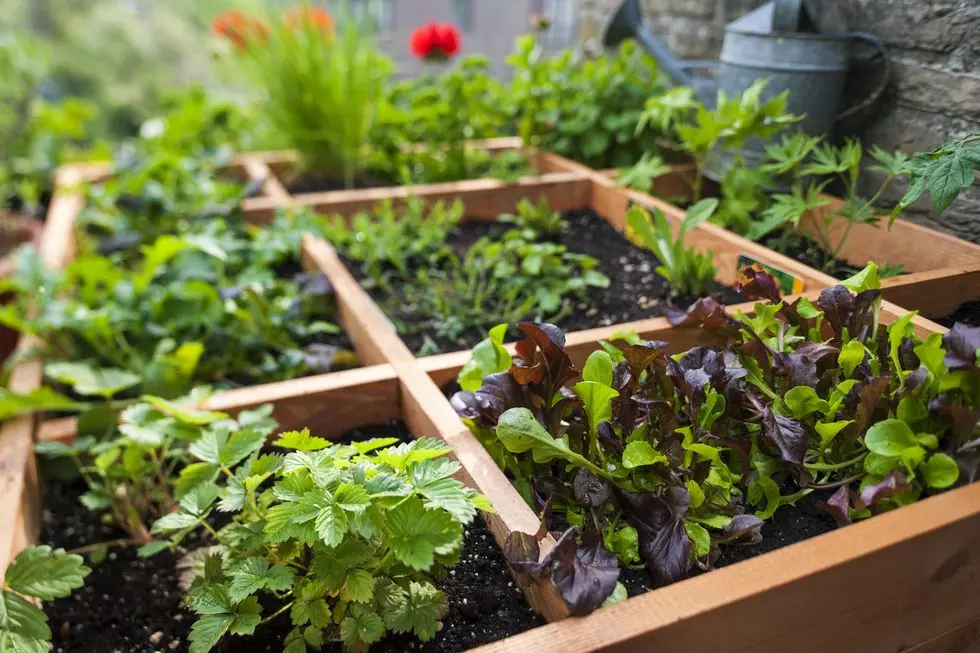They look beautiful and organized, but what exactly are square foot gardens, and should you build one? Square foot gardening is rapidly growing in popularity, and for good reason! It’s also the gardening method that Planter is best suited for.
What is square foot gardening?
Square foot gardening is a simple method of gardening where the garden is divided into squares, each 1 foot by 1 foot. It is organized and highly productive. It was invented by Mel Bartholomew, a backyard gardener, and became popular after the release of his book Square Foot Gardening in 1981. He has since released an updated book All New Square Foot Gardening.
Square foot gardening typically utilizes raised beds, although you can use the method without a raised bed.
Creating a square foot garden

First, create a small garden bed, typically 4 feet wide and anywhere from 4 to 8 feet long. You don’t want to go any wider than 4 feet, otherwise, it may become difficult to reach the plants in the middle of the garden bed. Depth is up to you, typically 6 - 12 inches.

Next, fill the bed with soil mixed with compost or pre-made raised garden bed mix.
Then, divide the garden bed into 1 foot by 1 foot squares. You can use a variety of materials to do this:
- Wood slats
- Twine or string
- Plastic pipe
- Garden stakes
Next, decide which plants and how many plants go in each square. Planter makes this easy and will tell you the recommended spacing of plants for each square. For instance, you can plant 16 carrots, 4 lettuce plants, or 1 pepper plant in a single square. A seeding square is a helpful tool when planting many seeds in one square. Some larger plants require multiple squares, such as squash and tomatoes. When deciding where to place each plant, consider which plants it’s a companion of. This is another area that Planter excels in, by showing a green indicator between companion plants and a red indicator between combative plan

Benefits of square foot gardening
- High yields: Square foot gardening optimizes the number of crops you can plant in a small space, so no space is wasted.
- Less water: With crops planted closer together, they shade the underlying soil and reduce the need for watering. However, raised beds typically require more watering than in-ground planting.
- Less weeding: Yep, you read that right! Raised beds require less weeding. And since square foot gardening optimizes spacing, there is less room for weeds to grow.
- Easy to get started: A raised bed can be placed anywhere, even over concrete or grass (you’ll want to first put down cardboard or landscape fabric to prevent weeds from coming up through the bed). Just build the bed, fill it, and start planting!
Downsides of square foot gardening
- High up-front cost: It can be expensive to build a raised bed and fill it with soil. However, many gardeners have found creative ways to build raised bed out of cheap or recycled materials.
- Small space: Large plants such as pumpkins, watermelon, and sweet corn can take up a lot of room and require a lot of water. You may want to grow these in traditional row gardens. Or relegate sprawling vine plants such as pumpkins to an edge of the raised garden bed, where they can overflow without blocking an important part of the walkway.
- Depth issues: If you’ve placed your garden bed on top of concrete, you’ll be limited in what you can plant depending on how deep your raised garden bed is. To work around this, some gardeners create beds of varying depths, allocating plants with deep roots to the taller beds. See soil depth requirements for common vegetables.
Should you create a square foot garden?
Square foot gardening is rapidly growing in popularity, and for very good reason! It’s great for both beginners and experienced gardeners. Most importantly, it maximizes crop output while minimizing effort. It might not be for everyone, but if it interests you, give it a shot! It’s easy to get started with square foot gardening, especially with a helpful app like Planter.
